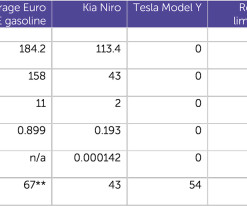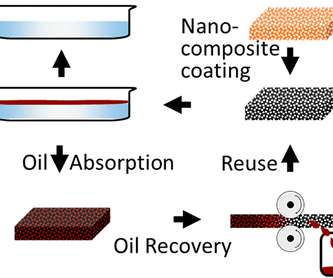Are Electric Cars Really Helping the Environment?
The Truth About Cars
FEBRUARY 5, 2024
The research, published in the Science of the Total Environment journal, presents the first real-world data linking EVs to reductions in air pollution and respiratory issues. This study marks a significant step in understanding the impact of electric cars on public health and the environment.








































Let's personalize your content